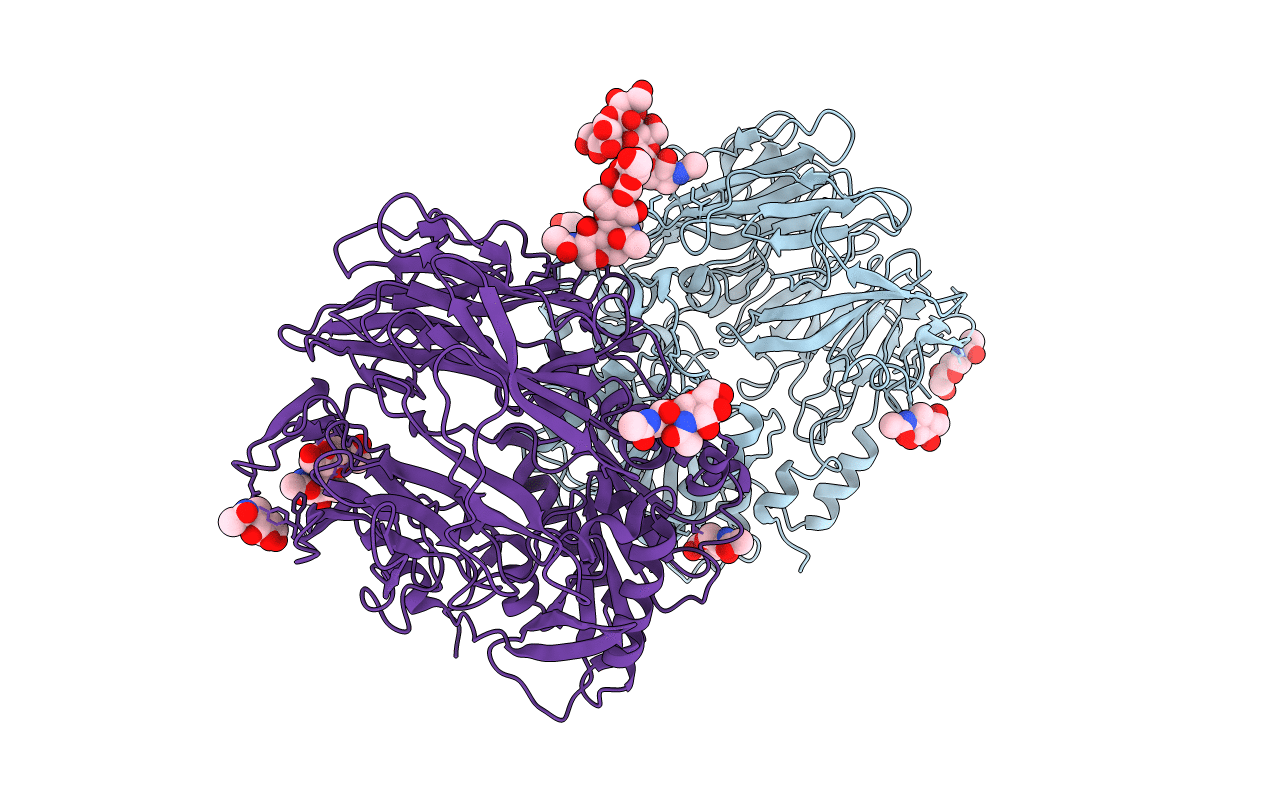
Deposition Date
2014-09-30
Release Date
2015-03-18
Last Version Date
2024-10-23
Entry Detail
PDB ID:
4WJL
Keywords:
Title:
Structure of human dipeptidyl peptidase 10 (DPPY): a modulator of neuronal Kv4 channels
Biological Source:
Source Organism:
Homo sapiens (Taxon ID: 9606)
Host Organism:
Method Details:
Experimental Method:
Resolution:
3.40 Å
R-Value Free:
0.24
R-Value Work:
0.20
R-Value Observed:
0.20
Space Group:
P 21 21 21


